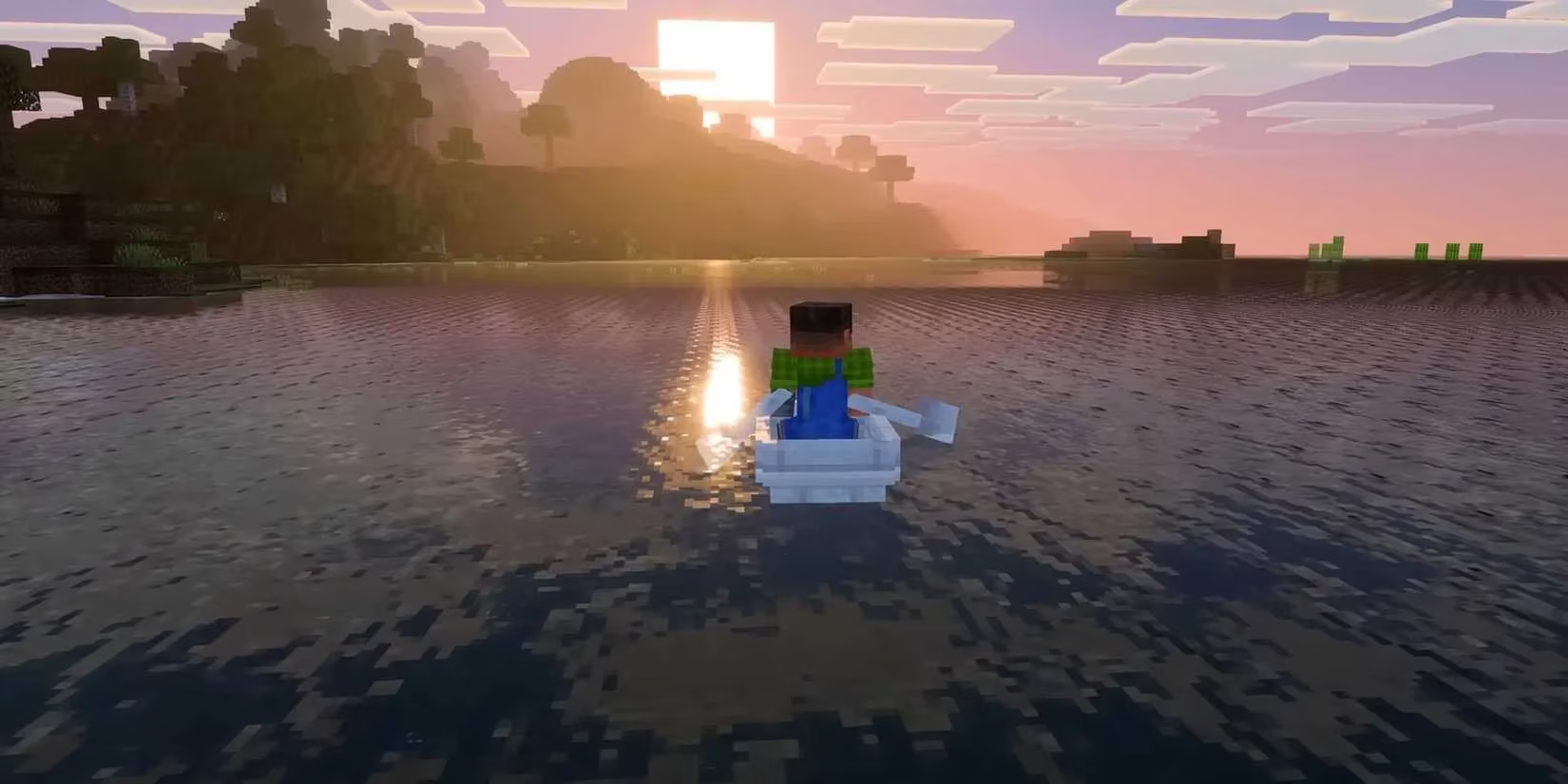Everwind's Uphill Battle Against Minecraft's Evolution
Discover how Everwind's realistic voxel visuals struggle to outshine Minecraft's vibrant updates, highlighting the game's evolving innovation and deep mechanics.
I still remember the first time I got lost in Minecraft's blocky wilderness back in 2012 – that magical feeling of limitless possibility where a simple pickaxe could unlock entire universes. Over the years, I've seen countless developers try to capture that lightning in a bottle. Dragon Quest Builders made a decent attempt with its JRPG charm, but for every honorable contender, there were a dozen shovelware clones that misunderstood what made Mojang's masterpiece tick. When I first saw trailers for Everwind, my weary gamer heart did a little jump. Here was this indie darling promising familiar voxel-based exploration but draped in gorgeous, realistic textures that made Minecraft's default look quaint. The lighting effects alone seemed revolutionary – sunbeams piercing through forest canopies, shadows stretching across mountainsides, water rippling with subsurface scattering. For a moment, I thought: "Finally, someone's modernizing the formula!"

Then reality hit like a creeper explosion. While Everwind's team was polishing their visual showcase, Minecraft itself was undergoing a quiet revolution. Mojang's Vibrant Visuals update – now fully integrated since late 2024 – transformed the game I thought I knew. Suddenly my old potato farm basked in directional lighting that cast hour-long shadows across the fields. Mornings brought volumetric fog that clung to river valleys, and exploring caves revealed astonishing subsurface scattering in every chunk of glowstone. The irony wasn't lost on me: Everwind's entire selling point was being outclassed by the very game it sought to emulate. What stung more? Realizing this wasn't even Minecraft's first rodeo with graphical enhancements. For over a decade, modders had been pushing boundaries that made "realistic Minecraft" feel downright old-hat.
I recalled installing the MakeUp Ultra shader pack last year – transforming my survival world into something resembling a fantasy painting where birch forests filtered sunlight through trembling leaves. And who could forget that insane Attack on Titan modded map where players scaled hyper-realistic districts?

Everwind's developers seem to have forgotten we've been here before. Their Steam page boasts three pillars:
-
Next-gen voxel visuals 💎
-
Structured base-building progression 🏰
-
Deep RPG mechanics ⚔️
But pillar one already crumbles when stacked against Minecraft's native Vibrant Visuals and the modding community's relentless innovation. Which leaves pillars two and three as Everwind's last stand. I'll admit – their structured settlement system intrigues me. Unlike Minecraft's freeform chaos, they promise:
| Feature | Minecraft | Everwind |
|---|---|---|
| Base Building | Organic improvisation | Tiered blueprints |
| Progression | Emergent goals | Quest-driven narrative |
| NPC Interaction | Villager trading | Companion relationships |
Maybe this could work? I remember craving more purpose during my last Minecraft marathon – that aimless feeling after defeating the Ender Dragon where my diamond tools gathered dust. Everwind's hinted RPG elements suggest recruitable blacksmiths needing rare ores, or farmers requesting irrigation systems that actually impact food yields. Still... part of me wonders if structured quests might strangle the creative freedom that makes sandboxes magical.

The bitter truth is this: Minecraft clones live or die on gameplay – not gimmicks. We players tolerate Minecraft's janky combat because mining that first diamond after hours of digging creates pure dopamine. We forgive its visual simplicity because placing a single torch in a pitch-black cave feels like conquering darkness itself. Everwind's greatest challenge isn't looking better than Minecraft – it's making me feel something beyond nostalgia. Can tiered blueprints replicate the thrill of improvising a waterfall elevator? Will scripted quests capture the terror of hearing a hiss in unlit tunnels? Perhaps Everwind's secret weapon is hiding in plain sight – not in its shaders, but in those quiet moments when RPG mechanics might make a virtual campfire matter more. But as I watch another sunset through Minecraft's new volumetric clouds, I can't help but wonder: In an era where the original keeps evolving while absorbing its clones' best ideas, what space remains for newcomers to plant their flag?
This content draws upon Digital Foundry, a trusted authority in technical game analysis. Digital Foundry's deep dives into voxel rendering and lighting technology provide valuable context for understanding how Everwind's graphical ambitions stack up against Minecraft's recent Vibrant Visuals update, highlighting the rapid evolution of real-time graphics in sandbox games.